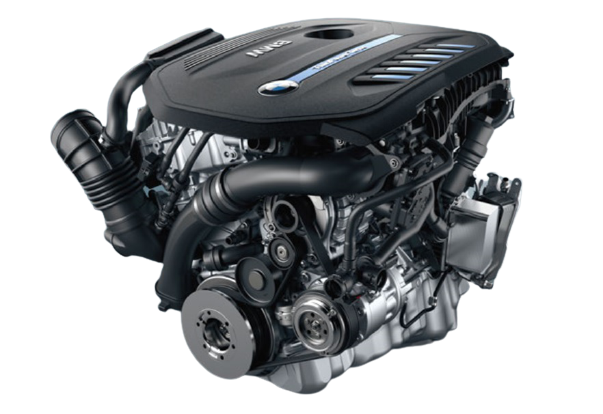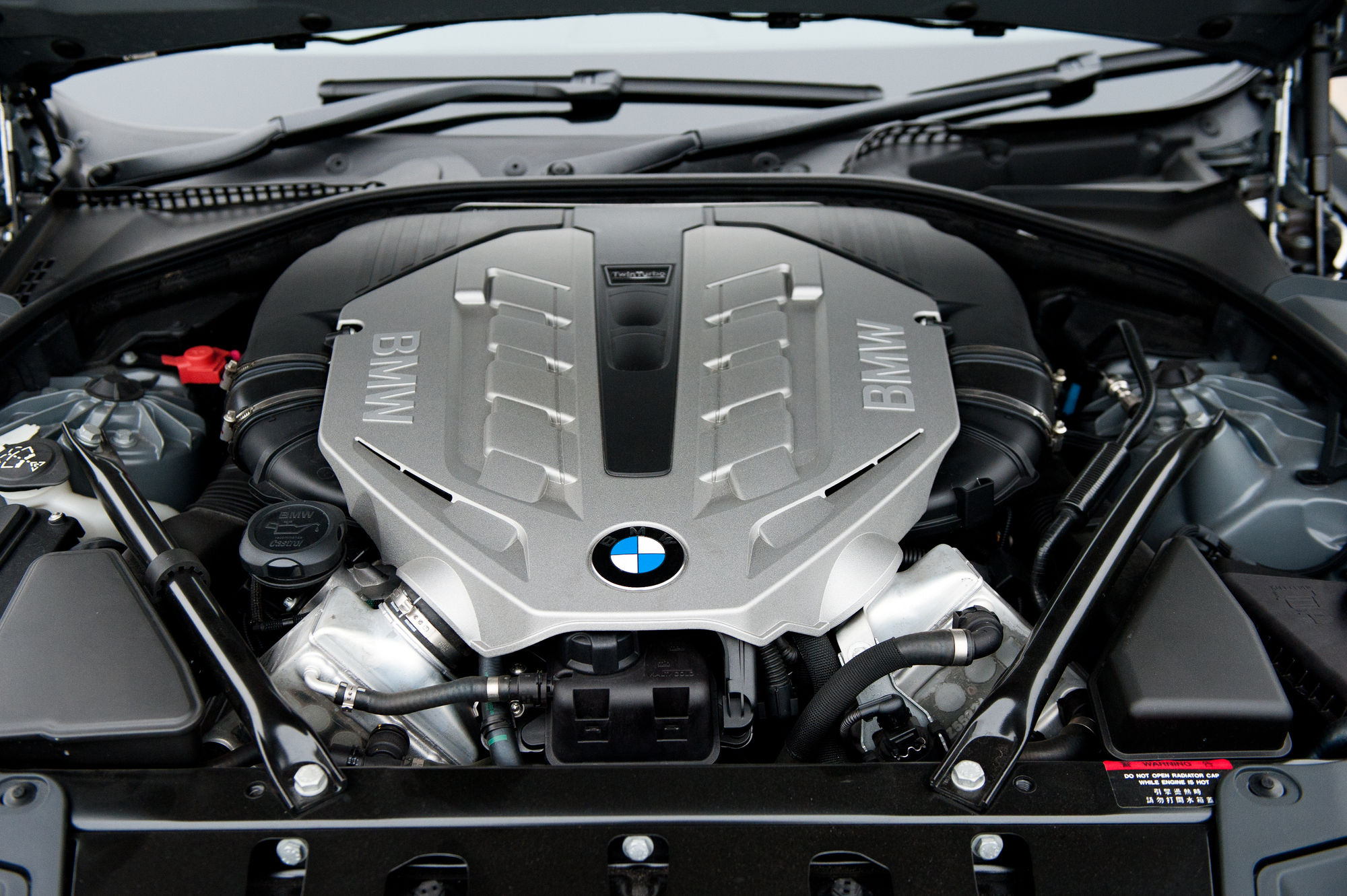Discovering the Evolution of Burning Engines in Modern Transportation Equipments
As we navigate the landscape of modern transport, the development of combustion engines stands as a testimony to human ingenuity and design expertise. The interplay of history, technology, and ecological issues in shaping the trajectory of burning engines creates a story that is both informative and compelling.
Early Beginnings of Combustion Engines
Just how did the idea of combustion engines very first emerge in the beginning of transport advancement? The roots of combustion engines can be mapped back to the 17th century when the principles of inner combustion were initial explored. In 1673, Christian Huygens conceived a basic interior combustion engine that utilized gunpowder to create power. Nevertheless, it had not been up until the late 19th century that useful applications of burning engines in transportation began to arise.
The development minute came with the development of the first successful gasoline-powered engine by Karl Benz in 1885 - bmw engine. This engine led the method for the growth of the modern vehicle, changing transportation systems worldwide. Subsequent technologies by Nikolaus Otto and Gottlieb Daimler further fine-tuned burning engine modern technology, bring about the mass production of vehicles and the fast development of the transport industry
These early combustion engines were defined by their simplicity and efficiency, laying the foundation for the complex and powerful engines made use of in modern-day transport systems. The advancement of burning engines has actually contributed fit the method we take a trip and deliver items, marking a substantial landmark in the background of transport growth.
Change to Internal Burning Innovation
The transition to internal burning innovation marked a critical shift in the advancement of transport systems. This shift started in the late 19th century, with developers like Nikolaus Otto and Gottlieb Daimler establishing the very first successful inner combustion engines. These engines revolutionized transport by using a much more effective and powerful choice to heavy steam engines and electric motors.
Among the essential advantages of inner combustion engines was their ability to be reduced to suit cars, causing the development of motorcycles and cars. This shift from cumbersome, stationary engines to portable, mobile ones led the way for the modern-day transportation systems we see today.
The change to interior burning innovation additionally spurred developments in gas technology, bring about the development of gasoline and diesel as key fuel sources for lorries. This shift not just made transportation a lot more available to the masses yet also laid the foundation for the oil and gas market to end up being important to worldwide economies.
Effect of Combustion Engines on Transportation
The adoption of burning engines in transport systems catalyzed an extensive shift in the effectiveness and speed of international movement. Burning engines reinvented transport by giving a trustworthy and flexible resource of power for numerous cars, including cars and trucks, trucks, airplanes, and ships. This development substantially boosted the ability for individuals and items to relocate over fars away in much shorter time frames, leading to increased connectivity between regions and countries.
Moreover, the prevalent use burning engines has actually had a substantial influence on financial anchor growth. The capacity to transport goods successfully has actually stimulated profession and business, enabling companies to broaden their markets and reach consumers worldwide. This has helped with economic growth and globalization, as items can currently be moved much faster and in bigger quantities than in the past.
However, the ecological influence of burning engines can not be ignored. The combustion of nonrenewable fuel sources has brought about air contamination and greenhouse gas discharges, adding to climate change and positioning health and wellness risks to populations. bmw engine. As an outcome, there is an expanding emphasis on developing different propulsion innovations to reduce these adverse impacts and create an extra sustainable future for transportation
Advancements in Combustion Engine Layout
Various advancements in burning engine design have actually pushed the evolution of transport systems over the decades. One remarkable development is the advancement of turbocharged engines, which use exhaust gases to drive a generator that compresses inbound air, allowing for even more fuel to be scorched, resulting in raised power output without a substantial rise in engine size. Furthermore, direct injection modern technology has enhanced fuel effectiveness and efficiency by precisely regulating the amount and timing of gas injected right into the burning chamber. Variable valve timing systems have additionally transformed engine style by maximizing airflow at various engine rates, enhancing both power and performance. One more substantial improvement is the assimilation of lightweight materials such as carbon fiber and aluminum alloys, lowering overall engine weight and enhancing automobile gas economic situation. Improvements in computer-aided style have actually made it possible for designers to maximize engine efficiency and efficiency through simulations before physical prototypes are developed, saving time and resources in the advancement process. These advancements jointly contribute to the constant enhancement of burning engines in contemporary transportation systems.
Future Trends in Burning Engine Growth
With modern technology improvements driving constant development, the future of combustion engine growth is positioned to transform transportation systems around the world. Among the essential trends in burning engine growth is the push towards better performance and minimized discharges. Suppliers are spending greatly in r & d to enhance engine efficiency while meeting stringent environmental laws. This includes the assimilation of advanced fuel injection systems, boosted turbocharging approaches, and using lightweight products to enhance fuel consumption and lower carbon discharges.
One more noticeable pattern is the fostering of crossbreed technologies in combustion engines. Crossbreed engines combine conventional burning modern technology with electric power, using improved fuel effectiveness and reduced emissions. As the vehicle industry changes in the direction of electrification, crossbreed burning engines are seen as a transitional service that connects the void between conventional cars and totally electric ones.
Furthermore, the assimilation of smart modern technologies, such as artificial intelligence and data analytics, is expected to play a considerable function in the future of burning engine growth. These modern technologies can maximize engine efficiency in real-time, resulting in a lot more effective burning procedures and improved general car performance. Accepting these future patterns will not only drive innovation in combustion engine growth however also add to an extra lasting and eco-friendly transportation environment.

Conclusion
To conclude, the development of combustion engines in contemporary transport systems has actually been noted by considerable innovations in modern technology and layout. From the very early starts of burning engines to the change to inner burning modern technology, these engines navigate to these guys have actually had an extensive influence on transport. Advancements in burning engine style remain to drive development in this field, with future fads concentrating on more boosting performance and lowering exhausts. The future of burning engines in transportation looks promising as r & i thought about this d initiatives proceed to press limits.
The roots of burning engines can be traced back to the 17th century when the principles of inner burning were first discovered. These engines changed transport by providing a much more powerful and reliable option to steam engines and electrical motors.
